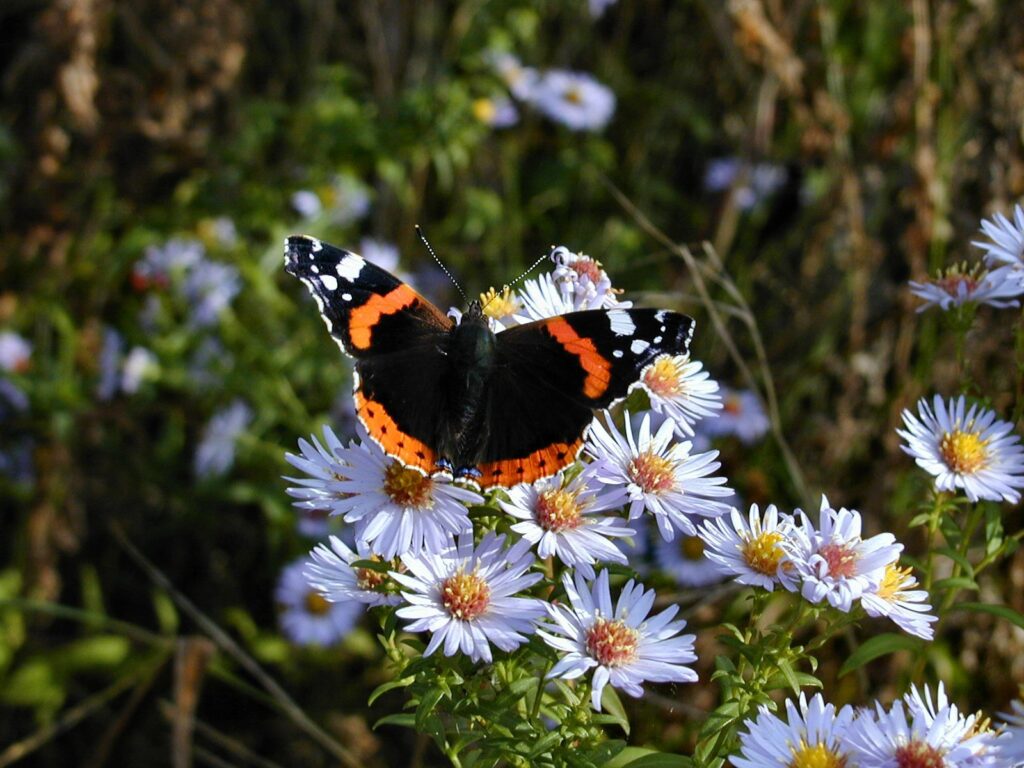Home is where your existence matters, home is where one feels safe, but does this concept of home, belong solely to humans? Every species needs a place of belonging, a home.
A healthy environment is where all the species and humans live together in a peaceful ecosystem making a thriving habitat. However, human choices have increased pressure on the environment through climate change, with a rise in temperatures at 0.15°C per decade whereas; habitat destruction of flora and fauna has forced several animals to shift towards the poles. The Voices brings you an exclusive report stating facts for the mass destruction we are all a party to, have a look.
A study involving 4000 species suggested that approximately 2000 species have made a rapid shift in habitat. Reportedly the land and marine species have been shifting respectively at an alarming rate of 10 and 40 miles per decade. Another report informs that Climate Change is more destructive to animal migration. It creates a disturbance in food cycles, making the survival of flora and fauna hard in the absence of food.
Nagraj Adve, a member of India Climate Justice Collective, in an interview to NDTV, explained this phenomenon in simpler words, “The rise in global temperature is causing species to move away from homes, majorly northwards. So they are climbing to higher altitudes. It is directly causing a shift or extension of range in every ecosystem. The problem for us is, this would cause a change in human habitat as well. Now, this temperature rise is not the only factor responsible. Rain patterns and the availability of food are also significant in this aspect.”
India experiences this phenomenon not only in its oceans but in its rivers as well. To understand it better, we will have to dive into the coastal region where major fishes have been noticed to be moving North off the coast for a colder environment. One such example of the movement is the Mackerel fish. It was previously a native to the Andhra Pradesh coastline only, but is now found around Southern Bengal Coast.
The Himalayas are home to more than 35 per cent of Lepidoptera (the order of insects that includes butterflies and moths) species found in India to fly to higher altitudes due to the rise in its average temperature.
 A survey funded by the Ministry of Environment, Forest, and Climate Change carried out by the Zoological Survey of India concluded that at least 17 species of butterfly and 49 species of moth show altitude shift with a difference of more than 1,000 metres between mean habitats.
A survey funded by the Ministry of Environment, Forest, and Climate Change carried out by the Zoological Survey of India concluded that at least 17 species of butterfly and 49 species of moth show altitude shift with a difference of more than 1,000 metres between mean habitats.
In an interview with The Indian Express, Dr Kailash Chandra, director of Zoological Survey of India told “The Common Map, and the Tailless Bushblue butterflies were previously found at 2,500 metres, as has been recorded in historical data. During our survey, we recorded them at 3,577 metres at the Ascott Wildlife Sanctuary in Uttarakhand. In Ladakh, the Indian Red Admiral Butterfly earlie r were visible at 3,900 metres; but are now found at 4,853 metres, an altitude increase of 950 metres. Eight moth species (including the Mulberry Silkworm Moth and Tiger Moth) generally found at 2,000 metres, are now residing at 3,500 metres or higher altitudes.”
r were visible at 3,900 metres; but are now found at 4,853 metres, an altitude increase of 950 metres. Eight moth species (including the Mulberry Silkworm Moth and Tiger Moth) generally found at 2,000 metres, are now residing at 3,500 metres or higher altitudes.”
At last, the impact of climate changes on flora, fauna, and forest-dependent communities have long-term and irreversible effects on nature. The effects of climatic and habitat shifts have never been more tangible in human history. It is high time that introducing enhanced, adaptive and integrated water, coastal and marine resource management become the prime goal of all of humanity as a species. For humans to continue to survive, let alone thrive on this planet we need a dynamic shift in understanding of our relationship with our ecosystem.
Edited by: Mohammed Sajid & Sarada Gayathri


4 Comments
Very well written Ishan, human need has grown into greed, its high time we stop the damage!
Rising temperatures are a major concern for the globe.
Many thanks to the writer for shedding light on this.
An important reflection of the times we are living in. The migration of species induced by Climate change is certainly a threat to the harmony and balance in global ecological order. And article presents some interesting insights about the same.
Much needed article owing to the unprecedented times we all are facing. It is shedding light on a topic which we need to begin acting for immediately! Very well supplemented by infographics! Great job Ishan!